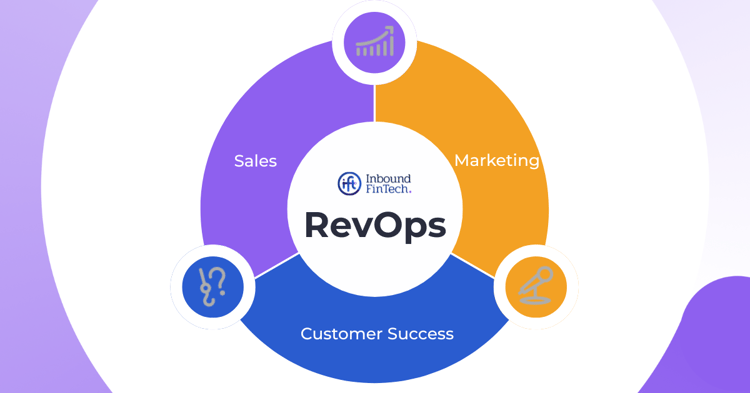Every business, no matter its size or industry, faces challenges. From sudden market shifts to internal inefficiencies, navigating through business obstacles is a part of the entrepreneurial journey. What separates successful companies from the rest is their ability to overcome adversity with grace and confidence. By equipping yourself with the right tools and mindset, you can tackle these hurdles head-on and emerge stronger than before.
In this fast-paced world of business, overcoming business challenges is not just about solving problems—it’s about finding innovative solutions that propel your company forward. Whether you’re grappling with resource constraints, managing change, or leading your team through uncertainty, it’s essential to have a strategy in place. Here are some key business problem-solving strategies that can help you navigate these obstacles with ease and ensure that your business continues to thrive.
1. Stay Calm and Analyze the Situation
When a problem arises, it’s natural to feel a sense of urgency. However, panicking is rarely productive. The first step in navigating business obstacles is to remain calm and take a step back. Instead of jumping into action, take the time to analyze the situation thoroughly. What exactly is the problem? Who or what is involved? What are the potential causes?
A clear, level-headed assessment of the issue will help you understand its scope and impact. Break down the problem into manageable parts so that you can focus on finding practical solutions. Once you understand the root cause, you can move forward with more confidence and clarity.
Why It Matters:
Understanding the problem before acting ensures that you’re not wasting time and resources on solutions that don’t address the core issue. It allows you to craft more effective business challenge solutions.
2. Leverage Your Team’s Strengths
One of the most effective ways to tackle any business challenge is by leveraging the talents and expertise of your team. As a leader, it’s essential to foster an environment where your team feels empowered to contribute ideas and collaborate. A diverse set of perspectives often leads to the most innovative business problem-solving strategies.
Whether it’s brainstorming, delegating tasks, or tapping into specific skill sets, involving the right people can help you find solutions faster. This also builds a sense of ownership and accountability within the team, motivating them to work toward a shared goal.
Why It Matters:
Collaboration enhances creativity and speeds up problem-solving. By encouraging teamwork, you not only find solutions but also strengthen team dynamics, which is critical for long-term success.
3. Break Down Complex Challenges into Smaller Tasks
Big challenges can often feel overwhelming, but breaking them down into smaller, more manageable tasks makes them easier to tackle. This is a key strategy when navigating business obstacles—it allows you to focus on one step at a time and make incremental progress.
Instead of looking at a problem as a huge mountain to climb, try to divide it into achievable milestones. Tackle each smaller task methodically, and soon enough, the larger issue will be resolved. This approach keeps you focused, reduces stress, and ensures that you don’t miss any critical details.
Why It Matters:
Breaking down challenges prevents overwhelm and helps you stay on track. This method ensures steady progress and makes solving even the most complex issues more feasible.
4. Stay Flexible and Adaptable
In the business world, flexibility is crucial. Not all challenges can be anticipated, and not all solutions will work as planned. As you implement business challenge solutions, it’s essential to stay adaptable. If one approach doesn’t yield the desired results, don’t hesitate to pivot and try something new.
The key is to remain open to feedback and make adjustments as needed. Flexibility allows you to take advantage of opportunities that might arise unexpectedly and to refine your strategy to suit the evolving business landscape. This mindset helps you stay ahead of potential obstacles and find new ways to move forward.
Why It Matters:
Adaptability keeps you agile in the face of change. Being open to new ideas and methods allows your business to pivot quickly, ensuring you’re not left behind when obstacles arise.
5. Learn From Past Mistakes
Every challenge presents an opportunity to learn. Reflecting on past mistakes or obstacles that your business has faced can provide valuable insights into how to prevent or resolve similar issues in the future. It’s important to not only analyze what went wrong but also identify what went right and why.
By learning from past experiences, you can build stronger business problem-solving strategies and avoid repeating the same errors. This continuous learning process makes your business more resilient and better prepared for the next challenge that comes your way.
Why It Matters:
Learning from past mistakes turns challenges into opportunities for growth. This mindset strengthens your problem-solving abilities and helps your business build a foundation for long-term success.
6. Utilize Technology to Streamline Solutions
In today’s fast-paced world, technology is an invaluable ally when facing business obstacles. Whether it’s using project management tools to keep track of tasks, utilizing data analytics to understand customer needs, or implementing automation to reduce manual work, technology can significantly enhance your ability to solve problems efficiently.
Tech tools help simplify complex processes, improve communication, and enable faster decision-making. By integrating the right tools into your business, you’ll not only streamline the problem-solving process but also gain insights that might otherwise go unnoticed.
Why It Matters:
Technology empowers businesses to resolve issues more efficiently. It also provides valuable data that can inform future decisions, making it a powerful resource for overcoming challenges.
7. Keep a Long-Term Perspective
When you’re deep in the weeds of solving a business problem, it’s easy to lose sight of the bigger picture. However, keeping a long-term perspective is essential. When crafting solutions, always consider how the resolution will affect your business in the future. Will the solution create lasting change or just offer a temporary fix?
By thinking about the long-term impact, you can create sustainable solutions that prevent recurring challenges. This forward-thinking approach will also help you stay focused on your overall goals, even as you work through obstacles.
Why It Matters:
A long-term perspective ensures that the solutions you implement are sustainable. It helps you avoid putting out temporary fires and instead focus on building a more resilient business.
Conclusion
Business challenges are inevitable, but they don’t have to be roadblocks. By using the right business problem-solving strategies and embracing a proactive, solution-oriented mindset, you can navigate these obstacles with ease. From staying calm and analyzing the situation to leveraging your team’s strengths and adapting as needed, every challenge presents an opportunity for growth.
By breaking down problems into smaller tasks, utilizing technology, and learning from past experiences, you not only overcome business obstacles but also strengthen your business for the future. With the right approach and a positive outlook, there’s no challenge you can’t conquer. After all, overcoming business challenges is simply another step toward building a stronger, more resilient company.



More Stories
How to Build a Business That Stands the Test of Time
Discover the Business Trends You Need to Know
Business Mindset Shifts That Lead to Growth